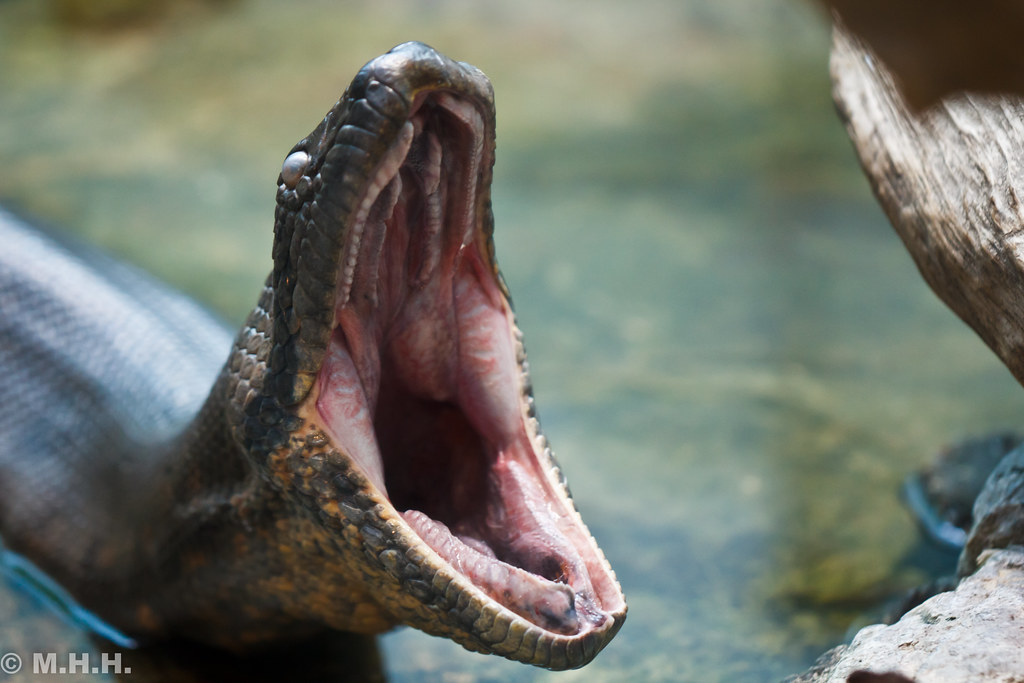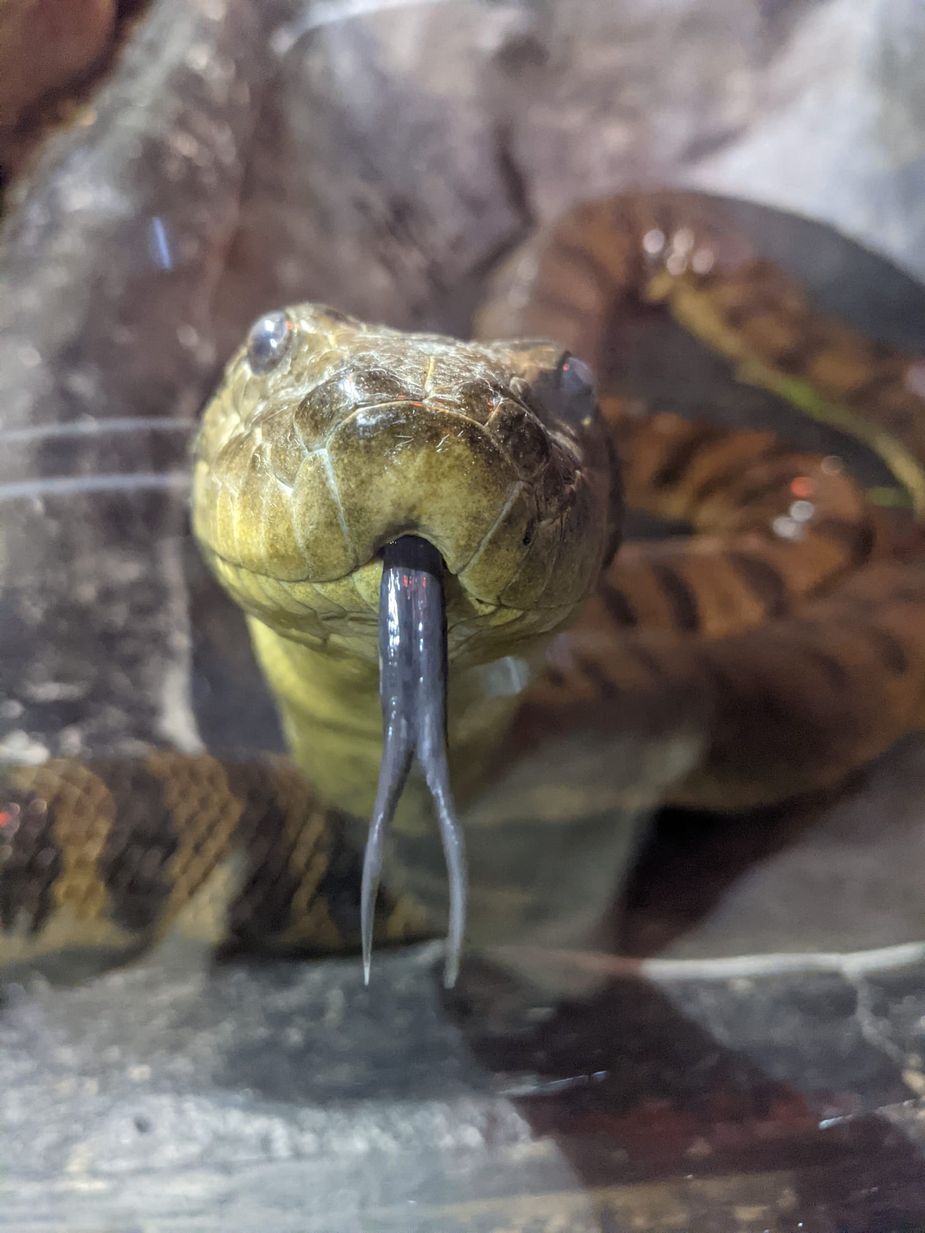

The Strength of an Anaconda’s BiteĪn anaconda’s bite is incredibly powerful. Once the animal is restrained, anaconda then swallow it whole without needing to chew. To do this, they use their sharp fangs to grip onto their prey and hold them in place before they wrap around them and restrict the animal’s movement.

Anacondas are nonvenomous constrictors, meaning they rely on the strength of their body to subdue and kill their prey. The jaw muscles of anacondas are also incredibly strong and contribute to their ability to hold onto their victims until they can be dragged underwater. These teeth are long, narrow and razor sharp, providing the snake with an efficient way to capture its food.

Anacondas have a set of curved, backward-pointing teeth that help them grip teir prey and hold it in place. Anacondas also use their sharp teeth to tear apart their food after it has been killed or subdued by squeezing. The teeth are curved and sharpened to help the snake catch and hold onto prey while they constrict it. All four species of anaconda – green, yellow, darkly-spotted and Bolivian – have four rows of teeth on the upper part of ther mouths. With such powerful jaws and strong bodies, it’s no wonder why these impressive creatures can do so well in their natural habitat! Do Anacondas Have Teeth? It’s clear that anacondas have developed a special set of tools for hunting and catching prey – including their impressive set of sharp teeth. Each species has its own unique coloration but all share the same four rows of sharp teeth in the upper part of its mouth. There are four species of anaconda: green, yellow, darkly-spotted and Bolivian. Even though anacondas don’t carry any venom, their bite can still be painful due to their sharp teeth!Īnacondas are found in tropical regions acrss South America, living in both water and land habitats. Anacondas also rely on their powerful jaws and body strength to constrict their prey before swallowing it whole withot needing to chew. It’s not just the layout of their mouth that makes anacondas so effective at catching food. The top row of teeth is curved inward to help keep the prey in place and the bottom thee rows are shaped like a flat blade for gripping and cutting into flesh. What’s even more interesting is that these teeth are all the same shape, unlike other snakes which have a combination of curved and straight teeth.


 0 kommentar(er)
0 kommentar(er)
